As much as we hate to waste a good home-cooked meal or farmers market produce, sometimes we have to part ways with our food. Here are a handful of easy ways to identify food that's seen better days.
6 Ways to Identify Spoiled Food

Hanging on to leftovers is a great way to plan meals on the cheap and avoid wasting food, but from lazy-night lo mein to the last scraps of a Christmas feast, everything has a shelf life. In the absence of expiration dates, sometimes it takes a little culinary detective work to tell if leftovers have seen better days.
Sight, smell and touch are easy ways to tell if food has gone bad. Check your dishes for one or more of these tell-tale signs of spoilage.
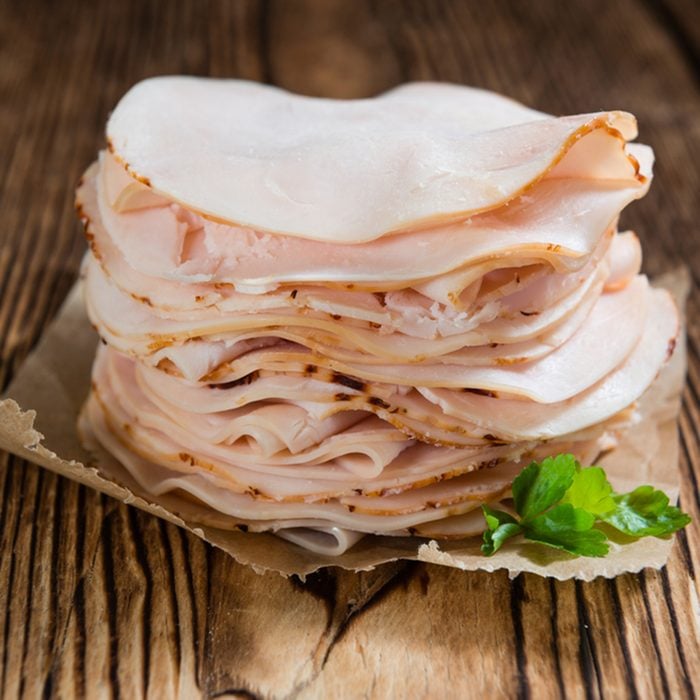
There’s a slimy film.
If lunch meats and holiday roasts feel slick to the touch or have a weird, glossy sheen, it’s probably time to toss them out. Vegetables can fall prey to this, as well—if your salad looks soggy, it’s past its prime and shouldn’t be eaten.
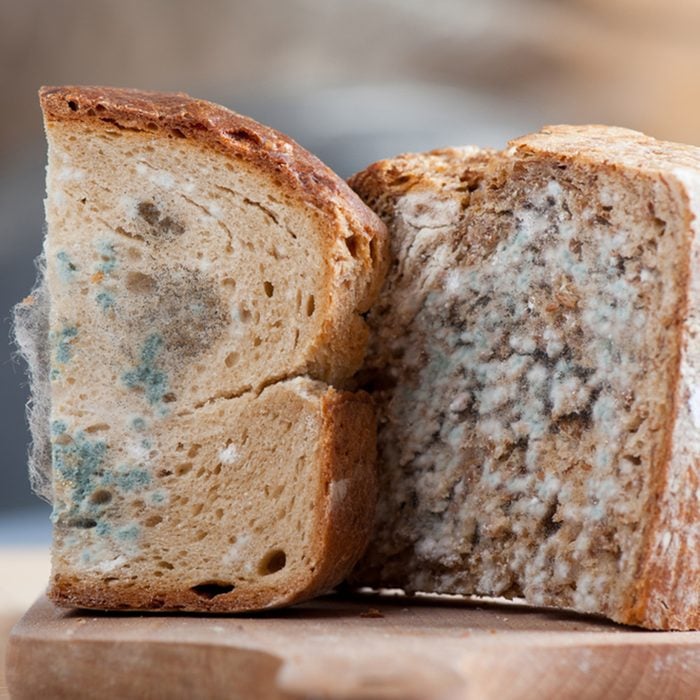
There’s visible mold.
Though it’s not very pretty to look at, mold is probably the easiest way to tell if your leftovers have seen better days. (Here’s an explanation as to when you can eat moldy cheese.) Little spores can appear and spread quickly on aging fare. In addition to the food’s surface, be sure to take a peek at the container’s underside, as well. (Read more about whether it’s OK to eat moldy strawberries.) Mold is sneaky and can hide out at the bottom of Tupperware or glass jars. Here’s the one place you’re not checking bread for mold (yet).
Learn more about moldy food.
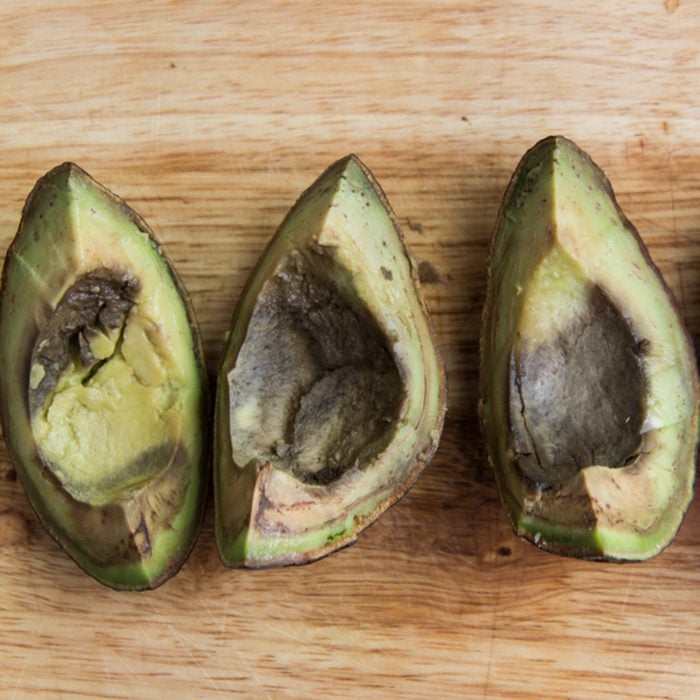
The food is discolored.
Some foods, like avocados, will naturally discolor as they’re exposed to air, but if once-vivid dishes have gone pale or developed a greenish tint, it’s time to say goodbye.
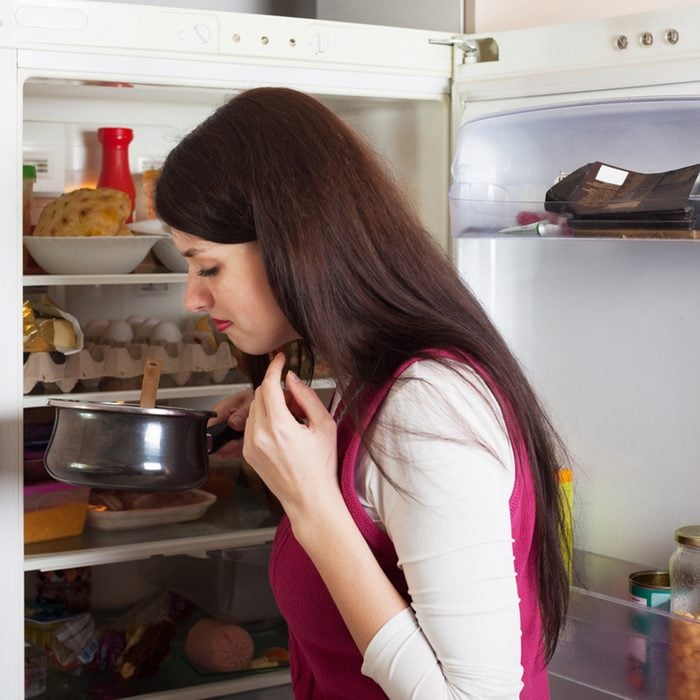
It has a funky, rancid odor.
It’s not the most pleasant way to tell if food has gone bad, but if everything looks fine and you’re still unsure, give it a whiff. If it smells rancid or pungent, or otherwise worse than when you put it in the fridge, it’s better not to take the risk.
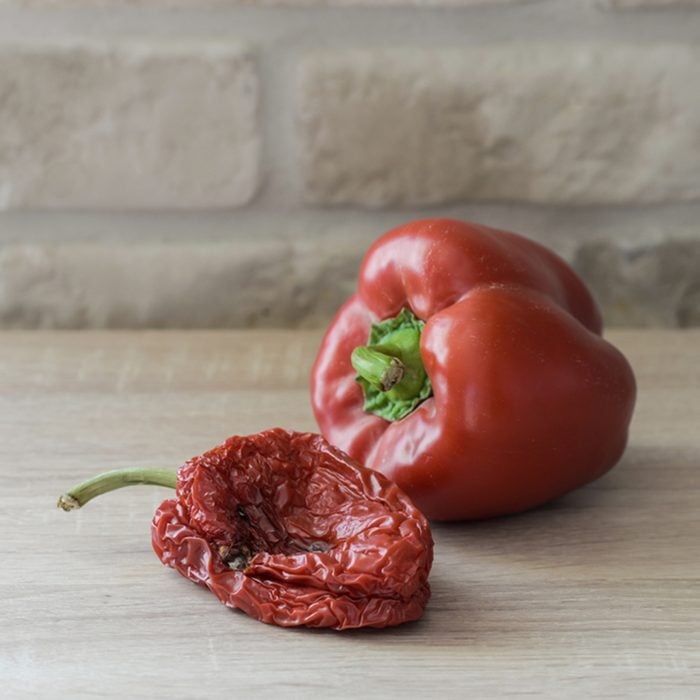
The texture looks off.
If nothing appears to be amiss but you still have doubts, you can check out the food’s texture. If produce easily caves in on itself or leftover pasta has fused together, you should toss it out. (Discover how to tell when salmon has gone bad by its appearance.)
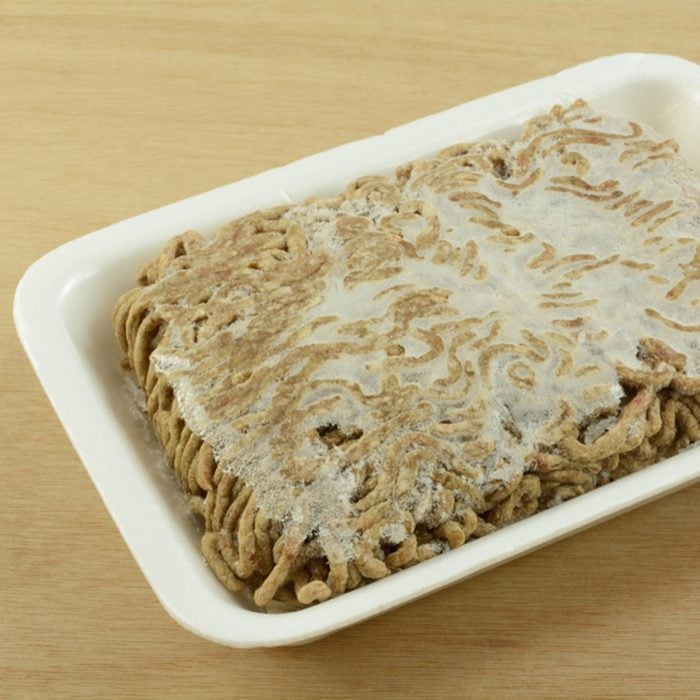
Frozen leftovers are caked in frost.
If you’re saving leftovers for the long haul, you should still give them a check before they’re thawed. Frost and ice crystals don’t necessarily mean the food is inedible, but its flavor and texture will suffer. Here’s the right way to freeze a casserole.
You should always err on the side of safety when determining if your food is spoiled. We keep this simple motto in mind: “When in doubt, throw it out.” Curious to learn more? Check out our shelf life guide for how long leftovers last.
















